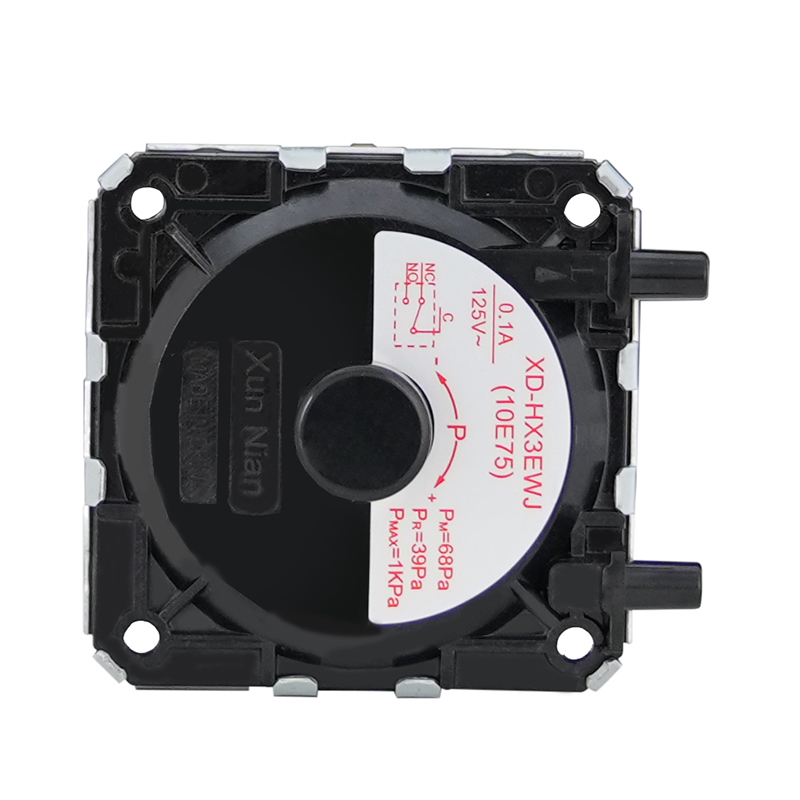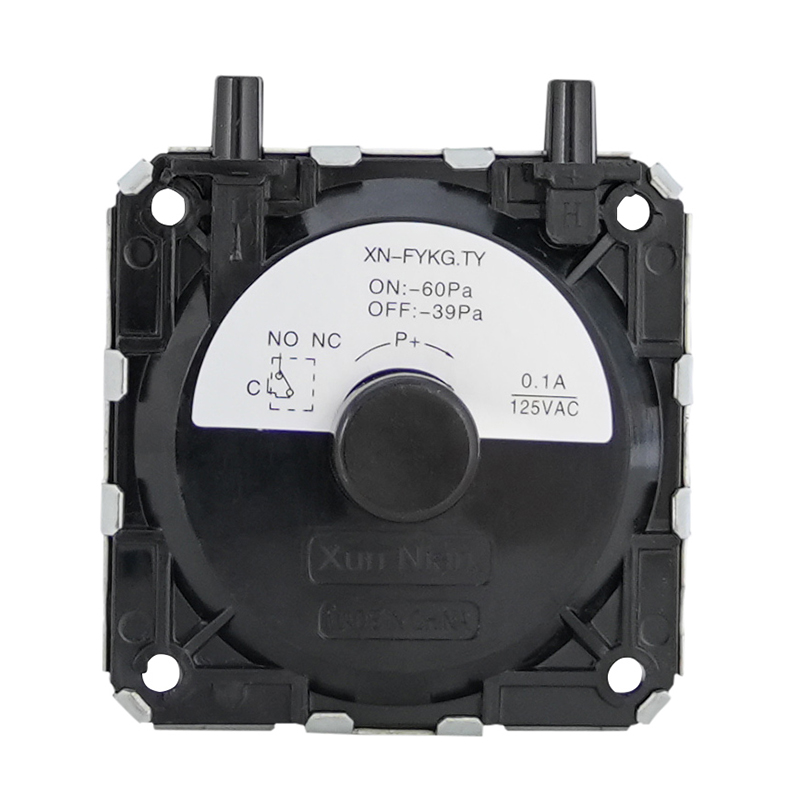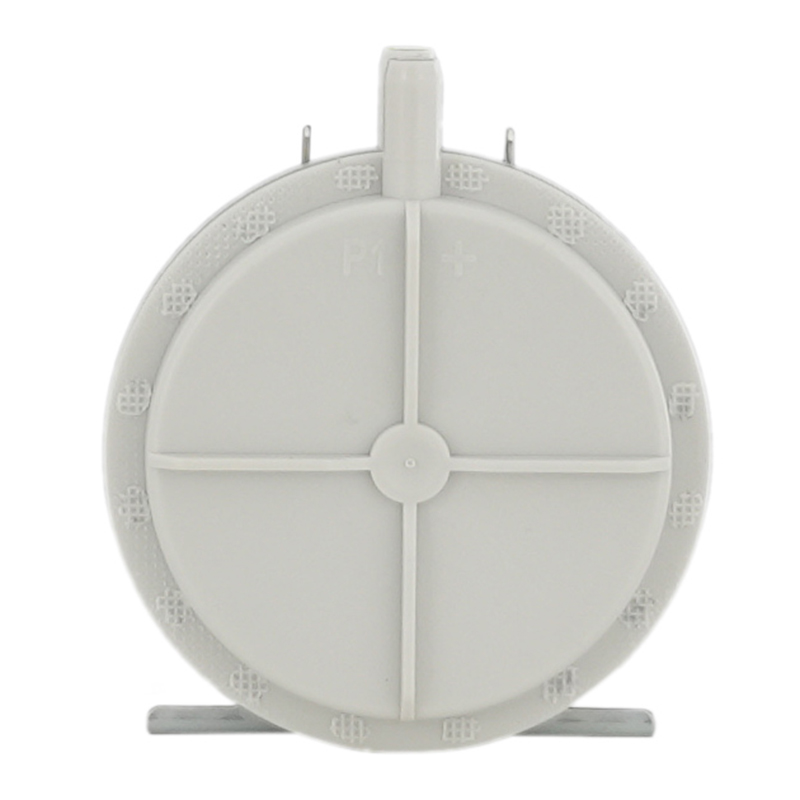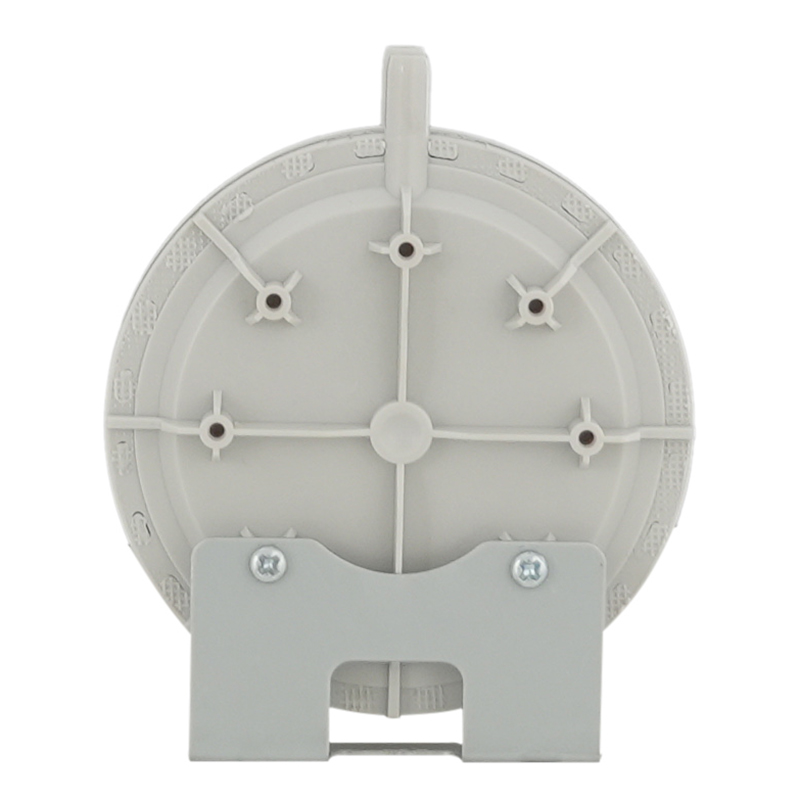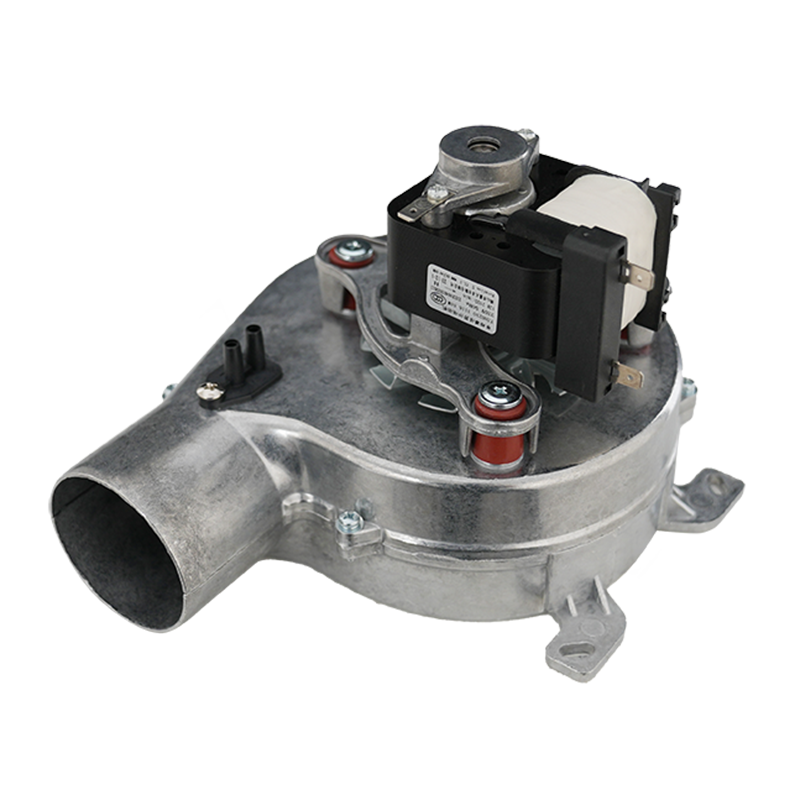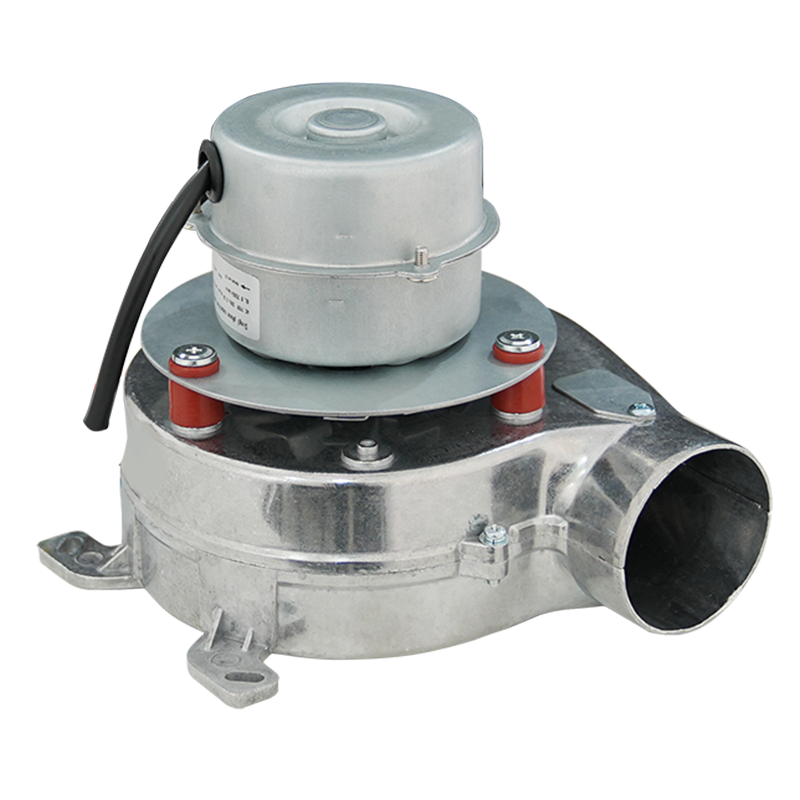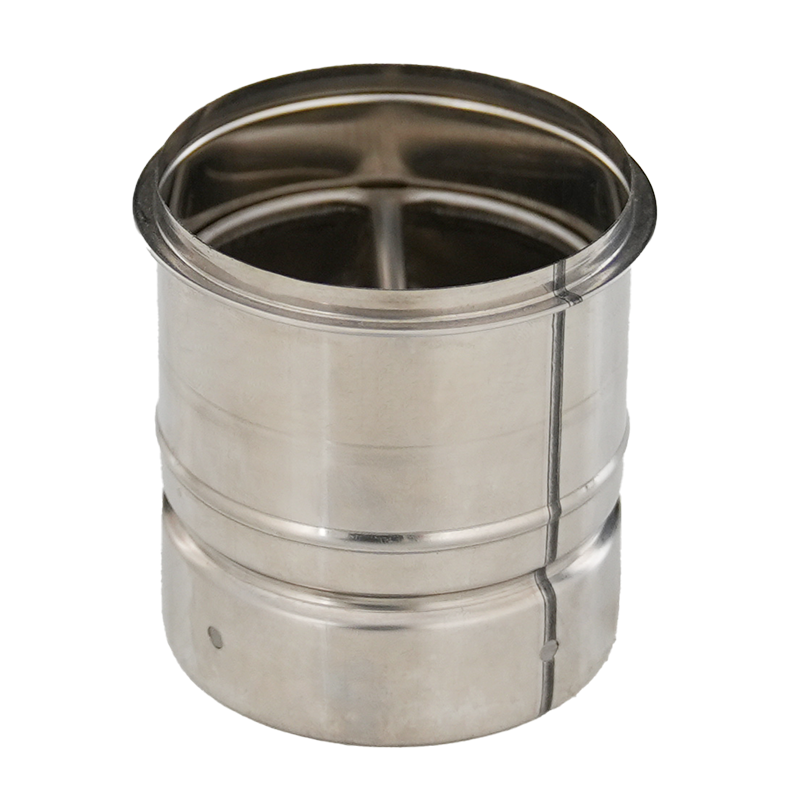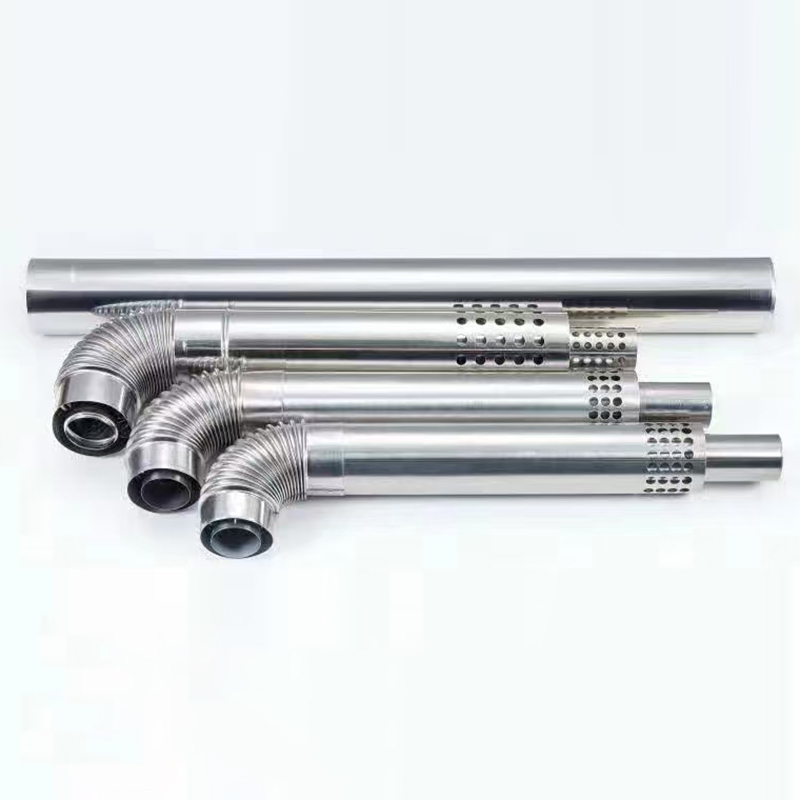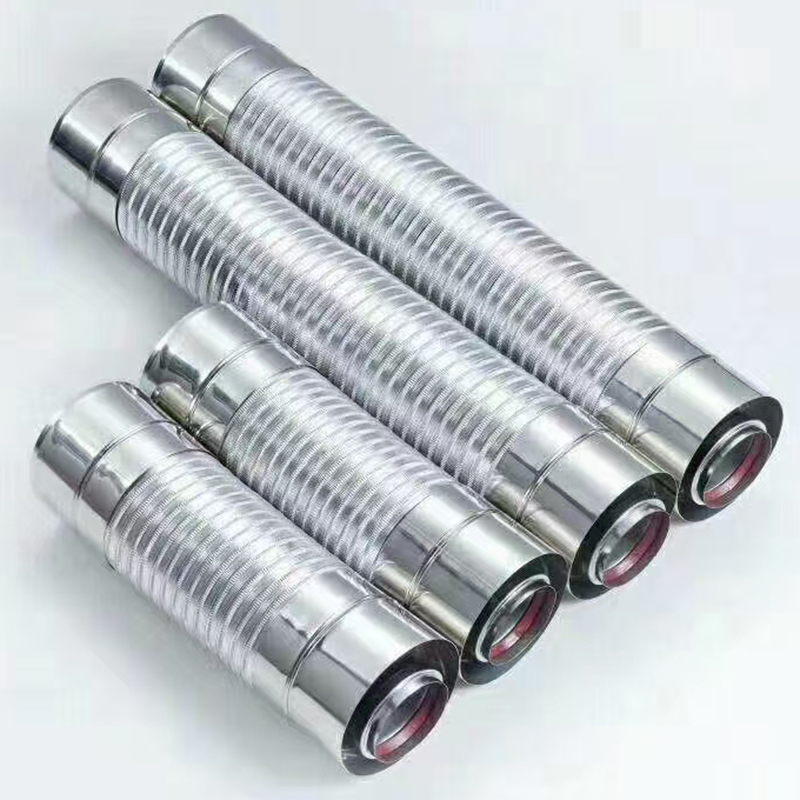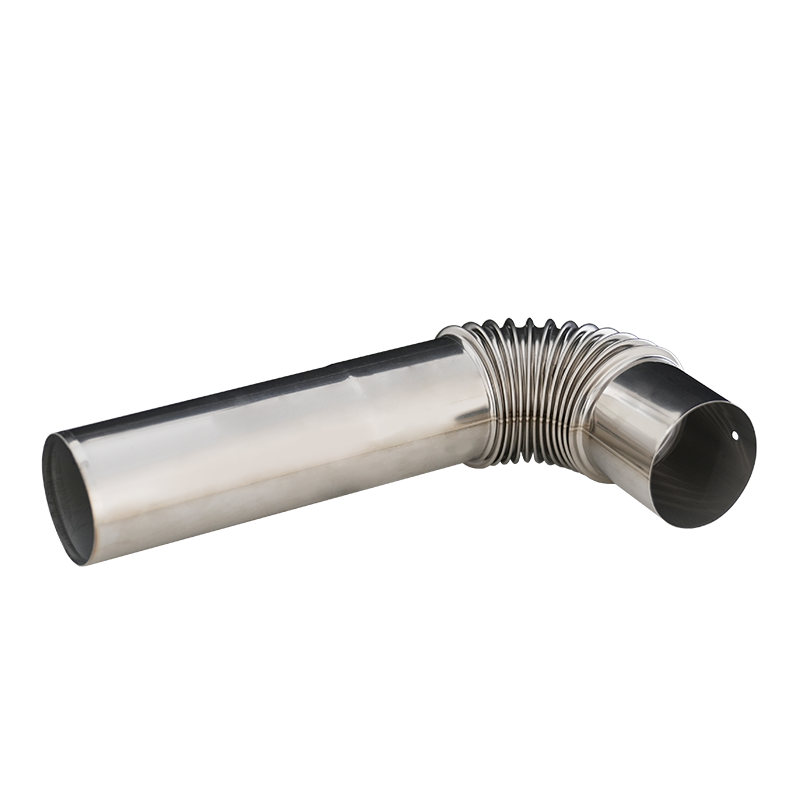In industrial production and daily life, pressure switches are like silent "pressure stewards", silently guarding the safety and stability of pneumatic systems. This seemingly small device plays an irreplaceable role in the field of pressure control. This article will comprehensively analyze the "past and present" of pressure switches from their working principles, classification types, key selection points to application scenarios, helping readers gain an in-depth understanding of this basic industrial component.
I. Working Principle of Pressure Switches
A pressure switch is a device that triggers mechanical actions or electrical signals by sensing changes in gas pressure. Its basic principle is to use gas pressure to act on internal sensing elements (such as springs or diaphragms). When the gas pressure reaches or exceeds a set threshold, the sensing element triggers a switch action, thereby changing the conduction state of the switch.
II. Classification of Pressure Switches: How to "Find the Right Fit" for Different Scenarios?
According to differences in structure, function and application scenarios, pressure switches can be divided into multiple categories. When selecting, it is necessary to "tailor the choice" according to specific needs:
Classification by Sensing Elements
Diaphragm type: Uses a diaphragm to sense pressure changes and is suitable for various pressure ranges and media.
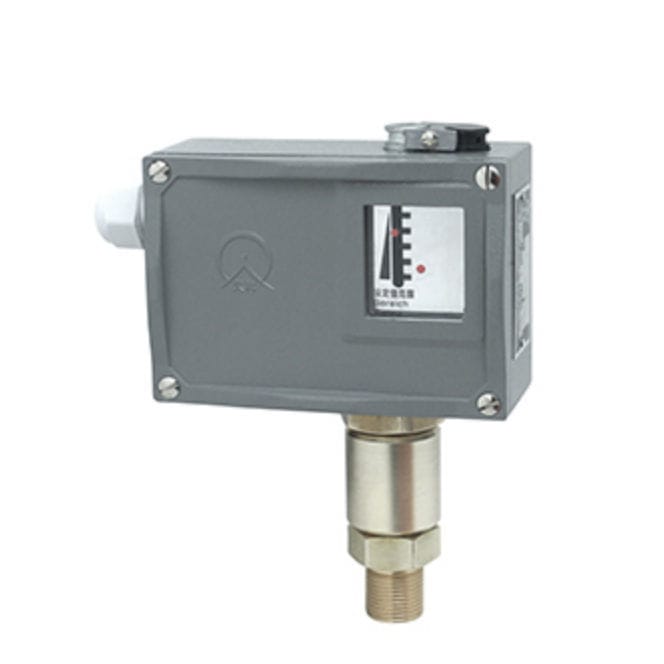
Bellows type: With bellows as the sensing element, it can withstand large pressure changes.
Piston type: Relies on the movement of the piston in the cylinder to transmit pressure, with outstanding pressure resistance (up to 10MPa or more), but slow response, suitable for high-pressure pneumatic equipment (such as hydraulic and pneumatic composite systems).
Classification by Function
Pressure control switches: The most common type, which sets upper and lower pressure limits and triggers actions when the air pressure is out of range. For example, the pressure switch of an air compressor's air storage tank is usually set with an upper limit of 0.8MPa (for shutdown) and a lower limit of 0.6MPa (for startup) to maintain stable pressure in the tank.
Differential pressure switches: Detect the pressure difference between two measuring points and act when the difference exceeds the set value, mostly used for filter clogging alarms (such as prompting to replace the filter element when the pressure difference before and after a compressed air filter is too large).
Explosion-proof pressure switches: Their shells adopt an explosion-proof structure, and the internal contacts are designed to be explosion-proof. They are suitable for flammable and explosive environments (such as gas pipelines in chemical workshops and pneumatic systems in coal mine wells).
Classification by Output Method
Mechanical contact type: Outputs switch signals through the on-off of metal contacts. It has a simple structure and low cost but a limited service life (usually less than 100,000 times), making it suitable for intermittent working scenarios.
Electronic signal type: Outputs 4-20mA current signals or 0-10V voltage signals, which can be linked with PLC and DCS systems to realize digital monitoring. It has a service life of more than 1 million times and is mostly used in continuous production automated production lines.
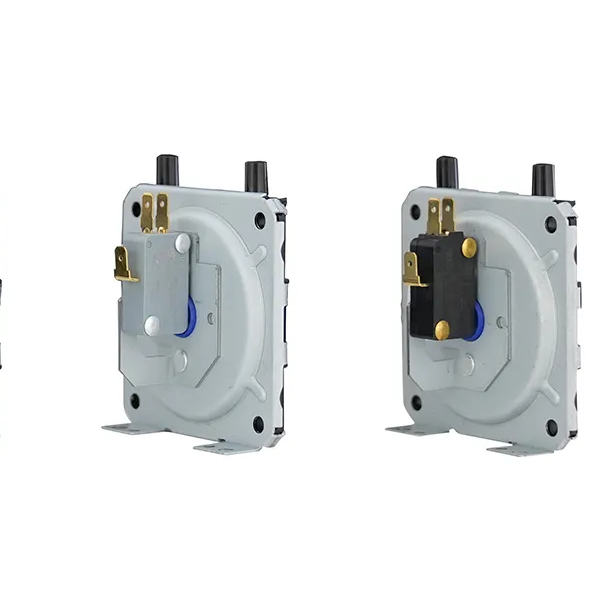
III. Pressure switches are widely used in industrial automation, covering multiple fields. The main applications are as follows:
Pneumatic control systems: In pneumatic systems, pressure switches are used to monitor and control the movement of cylinders. When the air pressure reaches the set value, the switch is triggered to control the extension or retraction of the cylinder, thereby achieving precise control of the production process.
Air compressors: Used to control the start and stop of air compressors. When the air pressure in the air storage tank is lower than the set lower limit, the pressure switch starts the compressor; when the air pressure reaches the set upper limit, the switch cuts off the power supply, stopping the compressor to ensure stable air pressure in the air storage tank.
Industrial robots: In the pneumatic drive systems of industrial robots, pressure switches are used to ensure the accurate movement and positioning of robot arms. Through precise control of air pressure, robots can efficiently and stably complete various tasks.
Automated production lines: On automated production lines, pressure switches can be used to detect and control the operating status of various pneumatic equipment, such as the clamping and releasing of pneumatic fixtures, the opening and closing of pneumatic valves, etc., ensuring the normal operation of the production line.
From precision industrial production lines to daily necessities in thousands of households, pressure switches, with their "simple and reliable" characteristics, have become the "unsung heroes" in the field of pressure control. They can not only effectively ensure production safety but also improve production efficiency, making them an indispensable "pressure steward" in modern industry.


